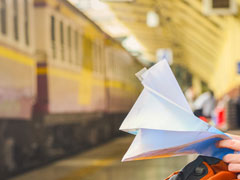Introduction
Originally a Viking settlement Dublin, located in the Province of Leinster, sits on the banks of the River Liffey. Despite its small size more than one million people reside here. The Republic of Ireland’s capital is booming, with business on the rise and tourists arriving in ever increasing numbers to experience this intoxicating city. The stunning economic prosperity in recent years is partly due to the hard fought for funding from the EU as well as the determination of its inhabitants, who for much of the twentieth century have had to battle religious and political unrest. Wandering along the streets you will get a sense of its rich history and you can enjoy the many atmospheric pubs as well as Dublin’s green parks.The River Liffey divides Dublin into north and south most of the sights being located on the south side around Grafton Street and St Stephenson’s Green, otherwise known as the ‘Georgian heart of Dublin’. The northside city center is somewhat grittier containing many shopping streets. It is best explored starting from O’Connell Street and heading for Parnell Square.
Dublin may not abound in visually stunning buildings however the sheer round-the-clock liveliness, the insatiable party atmosphere and its non-stop entertainment make a visit to this city unforgettable. Furthermore, the uniqueness of a true Dublin pub experience will have you coming back for more again and again.






